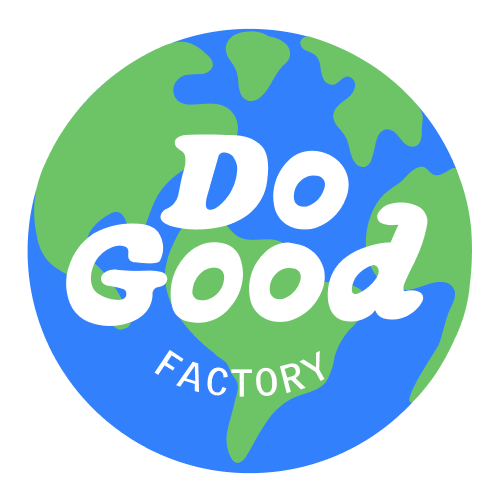May 2021
The textile recycling industry of Prato was part of the story "The End of Trash," on "circular economy" solutions, for @natgeo.
In Prato, Italy's textile district, the recycling process starts with collection and sorting. These piles of rags have been carefully selected by experienced workers who separate the clothes by color in a process to create new raw wool.
An old law prohibiting the importation of raw wool promoted the rise of recycling in this district, and today companies here sort and recycle most of the world’s textiles—to a market value of $2.5 billion.
According to the U.S. Environmental Protection Agency, 15.1 million tons of textile waste are generated each year in the U.S. alone. And only 1% of our clothing is ultimately recycled into new garments. Of this 1%, wool is the most recycled fabric—in Prato this industry is a tradition. Second only to oil, the clothing and textile industry is the largest polluter in the world. It accounts for 10% of greenhouse emissions and nearly 20% of the world’s wastewater. The planet’s resources aren’t enough to go on with a linear economic model; we need to consider waste as a resource.
The textile recycling industry of Prato was part of the story "The End of Trash," on "circular economy" solutions, for @natgeo.
Please follow me @lucalocatelliphoto to find out about the most promising solutions for a more sustainable future.


